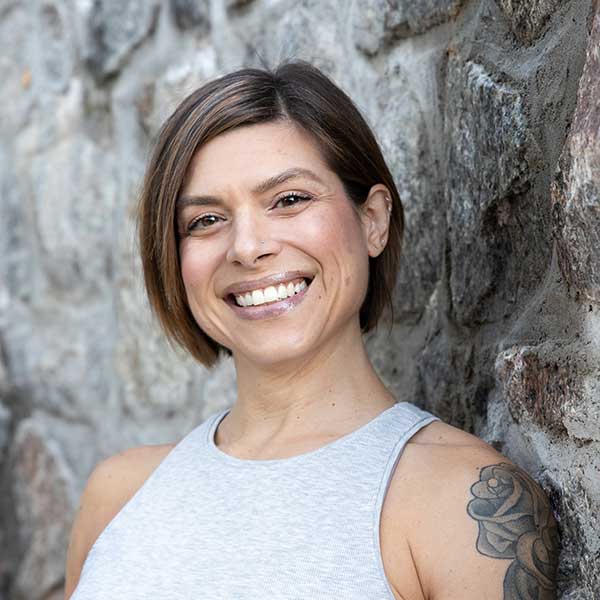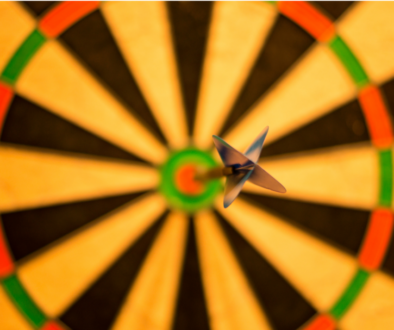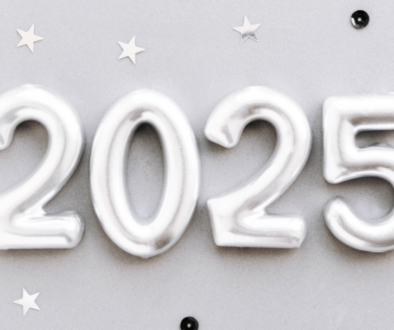Change the Habit Loop to Make Good Habits
 Habits are actions your brain has automated because it doesn’t want to work hard for the reward you get from that action. Your brain doesn’t know the difference between good and bad habits. There are only actions and rewards. In Atomic Habits, James Clear calls it the habit loop: Cue > Craving > Action > Reward. There are 5 cues that trigger a habit: people, preceding event, location, time, and emotion.
Habits are actions your brain has automated because it doesn’t want to work hard for the reward you get from that action. Your brain doesn’t know the difference between good and bad habits. There are only actions and rewards. In Atomic Habits, James Clear calls it the habit loop: Cue > Craving > Action > Reward. There are 5 cues that trigger a habit: people, preceding event, location, time, and emotion.
Some examples:
- When I know I’m going to see my trainer (people), I’m motivated to eat healthy that day (craving). I have a salad for lunch (action) and I feel really proud when I tell her about it (reward).
- When I get up in the morning (preceding event), all I want is coffee (craving). I stumble to the kitchen to make it (action) and I really savor that first cup of fresh, hot coffee (reward).
- When I’m at home (location), I like to see a clean, organized space (craving). I straighten up and wash dishes (action), and I feel really calm and happy when I look around (reward).
- I eat breakfast at 8am (time). Even if I’m on a different schedule (like over the weekend or on vacation), I start getting hungry around that time (craving). I eat something (action), and then I feel full (reward).
- When I’m feeling anxious (emotion), I raid my kitchen for sweets (craving), eat all the junk food I can find (action), and feel better… for the moment (reward).
Rather than trying to break a bad habit, create a new habit to replace it. Use the habit loop and change one of the steps.
You can change the cue.
- People: Surround yourself with positive, supportive people either in-person or follow them online. Get some accountability from someone who won’t let you off the hook. As Gretchen Rubin says, accountability comes from pros not peers.
- Preceding Event: Do you know that if you come home from work and turn on the TV, you’ll never make to the gym? Then go directly to the gym from work.
- Environment: Having trouble starting your in-home yoga routine even though your mat is right there in the living room? Either take a class or create a dedicated space in your home that is used ONLY for yoga.
- Emotion: If you eat or react out of emotion and you want to change that, be on offense rather than defense. Don’t wait until you’re feeling anxious or stressed and then try to deal with the situation. Get ahead of it with a daily meditation habit. This allows you to recognize your emotions and create some space so that you are able to respond rather than react with something that doesn’t serve you, like emotional eating.
You can change the action.
- Do you crave sweets and like to snack in the evening? Do something different after dinner like going for walk or brushing your teeth.
You can give yourself a healthy reward:
- Relax in the sauna after a workout, watch your favorite show after your yoga practice, or scroll social media guilt-free after the meal-prepping is done.
It’s true that, in the beginning, while you are creating a new habit, you will need to be disciplined. Just remember that sticking with it will pay off. Working out, practicing yoga, meal-prepping, and whatever else you want to do will become automatic. Let your goal and your why keep you motivated until it’s a habit.
Read more in my post Five Cues to Trigger the Exercise Habit.
Do you need accountability to create healthy new habits in your daily routine? Email me!



